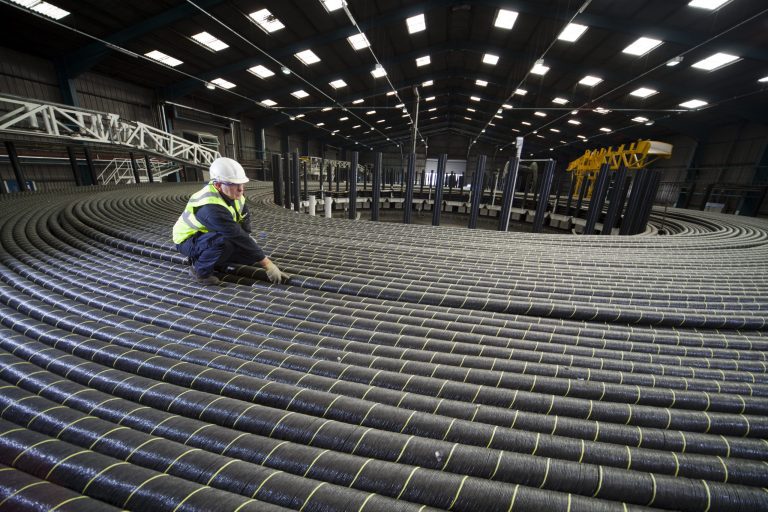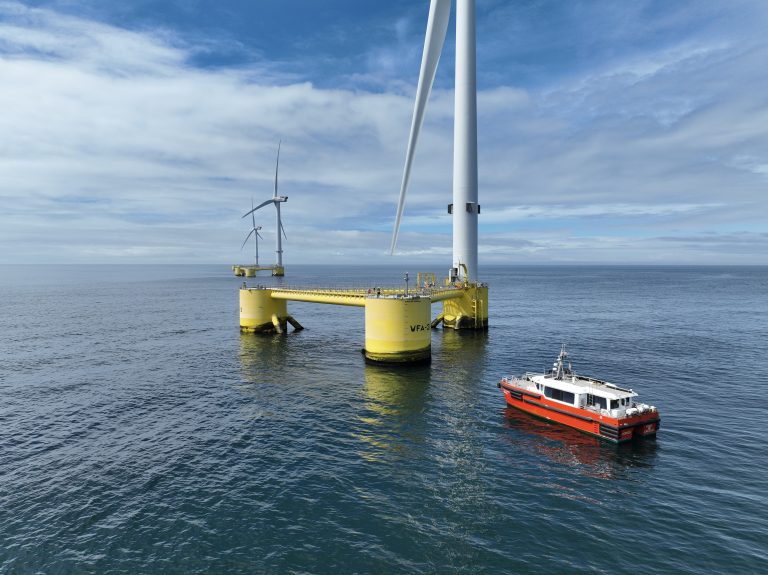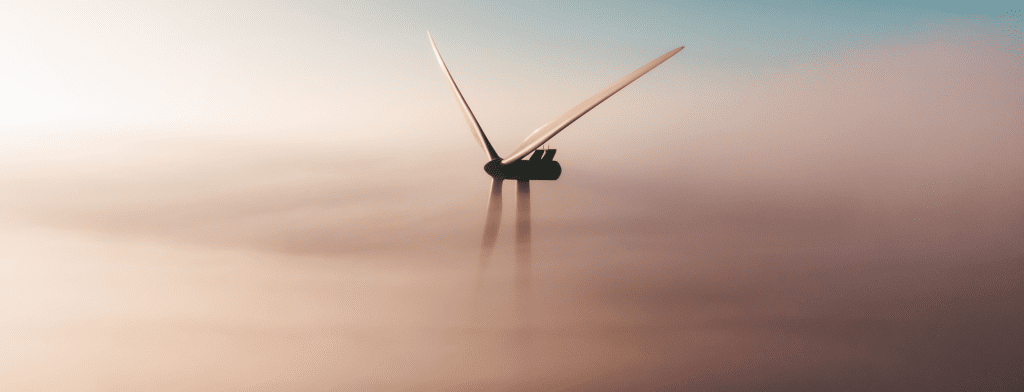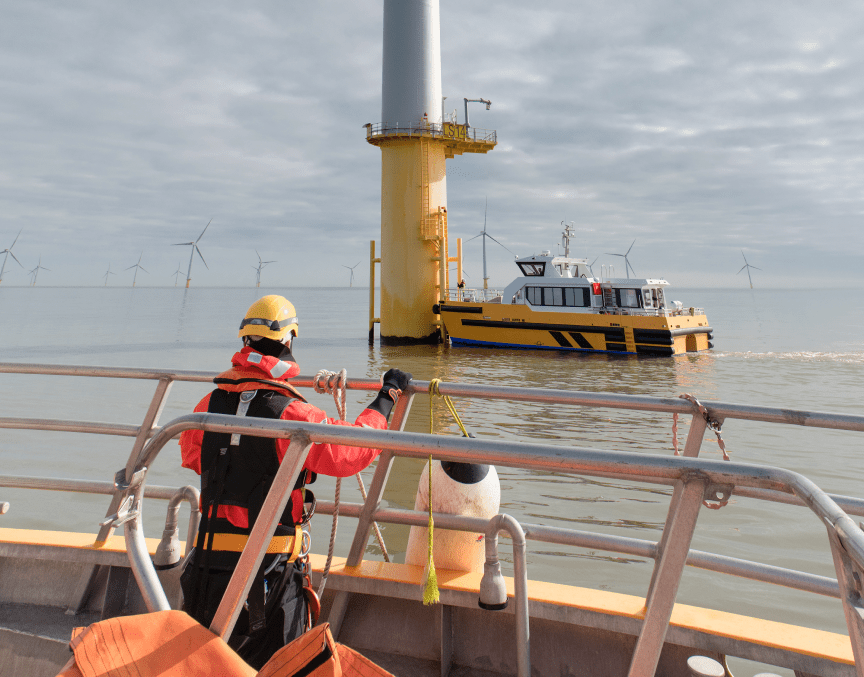DYNAMIC
CABLES
Background
Dynamic inter-array cable (DIAC) systems are a critical component in any floating offshore wind project, ensuring efficient power transmission from the turbines. They are a single point of failure in the turbine–substation system and hence cable system failures can result in expensive remedial works as well as downtime from multiple turbines.

Technical Challenges and Opportunities
Dynamic cable systems are usually in remote locations with high wind speeds, varying bathymetry and water depths which creates a harsh marine environment. They are subject to complex static and dynamic mechanical, thermal and electrical loading, in addition to abrasion and other environmental impacts and interactions. Site conditions for FOW in the UK also present some particular challenges for these systems. The relatively shallow water of many UK FOW sites (60-120m) means dynamic loading on DIAC systems is increased and options for cable layouts are reduced due to the limited space available between the substructure and the seabed.
Whilst the general principles of the design and specification of these systems are well understood, the specifics of the system design process, representative testing and qualification approaches are complex and a number of knowledge gaps exist.
UK Supply Chain Opportunity
In addition, existing supply chain capacity in certain areas is limited with respect to the scale of supply required for the FOW industry from 2030. As such, there is a requirement for the industry to work together to develop improved design, testing and qualification approaches (including associated infrastructure), address specific knowledge gaps and in turn support the development and qualification of a range of suitable technologies from a capable and competitive supply chain.
Photo of the WindFloat Atlantic project courtesy of Principle Power/Ocean Winds

What are we doing to help?
The FOW CoE has done extensive previous work on Dynamic Cable Systems, including examining state of the art technology, potential design requirements, market projections, and potential qualification frameworks.
Our priorities are to:
- Support qualification of key components and technology development
- Increase supply chain capability, capacity and competitiveness in key technology areas
- Close knowledge gaps through research
Technology Development & Qualification:
This strand of work is intended to accelerate the development and qualification of critical floating offshore wind technologies, and in turn reduce the cost and risk associated with deploying these technologies as part of the first large scale floating offshore wind projects. See below for any live opportunities to apply for support.
Current Activities
We are currently working with Balltec and S3N Ventus in separate projects to qualify their bend stiffener connector solutions. Both projects are following the technology qualification framework within the DNV guidelines, culminating in a DNV-approved technology qualification plan (TQP) available in early 2024.


PUBLIC REPORTS
At the FOW CoE we believe there is a need to share certain information with the wider supply chain in order to support the collective success of the industry. As such we publish public reports wherever possible. Such reports from our previously delivered portfolio of work on Dynamic Cables include the below.
There aren’t currently any open application windows for opportunities associated with this Strategic Programme. Please check back in again soon.
Photo of the Kincardine Offshore Wind Farm project courtesy of Principle Power
Contact Us
